Elegant Spanish poetry lines the halls, each piece an ode to Spanish tradition or maybe a more humorous take on their favorite food. The same can be said for another language in its family — French. Students tasked with showing a visual expression of what learning the language means personally construct beautiful posters and other creations of their own. Both symbolize the progress of students striving for bilinguality, taking four to five years dedicated to learning a new language. Three courses at Oviedo High School can be found that end this long journey for many: Advanced Placement French Language and Culture, Advanced Placement Spanish Language and Culture, and Advanced Placement Spanish Literature and Culture.
Advanced Placement (AP) French Language and Culture expands on the previous three years of the language. It takes the knowledge acquired previously and applies it, rather than lectures filled with grammar and new vocabulary.
Victoria Huffman, the course’s teacher, explained that AP is about speaking and thinking authentically. Every piece from previous years falls into place to allow students to not only communicate, but embrace its culture and history.
“[Students] actually take real life French artifacts, and they discuss that, break it down, read it, and compare it to these things from the United States and other French-speaking areas of the world,” said Huffman.
Adelaida Ehinger, Advanced Placement Spanish Language and Culture teacher, further elaborates on how these AP courses build on prior information. It is about being able to use the language to prepare for the AP exam.
“We try to build off of the same themes [students] started out with in the lower levels.” Ehinger said, “We put all that information together and focus on practicing the skills, like using the language, as opposed to learning in bits and pieces, but using it all together to communicate and present.”
The class may seem intimidating, as many AP courses are, but when students remain diligent and work hard, they are sure to succeed. The class moves at a steady pace and is designed for non-native speakers, people who aren’t already fluent, as per common belief.
“I know kids come in here and they are terrified at the beginning of the year, especially if they are non-native speakers or heritage speakers. But the kids that hang in there, I feel like end up really understanding a lot more by the time that they leave, and I can tell that by how they perform on the activities that we do in class,” Ehinger said.
Ehinger expressed how it would only be logical for students that have the first three years of Spanish, even native speakers, to take the course. The hard work, in her opinion, would be for naught in stopping right before the so-called “turning point” in learning the language.
“They have already dedicated three years of their life to learning the basics, so it would be good for them to get to a point where they are using it, with the speaking and the writing. Even kids that are native speakers that have taken three years of language, I feel like they learn something. We are more academic in our approach of the words we use, and making sure they write formally,” Ehinger said.
The final year of French is a way for students to see the fruit of their labors. Huffman addressed how rewarding that feeling must be.
“It is actually being able to show competency in the language. Students are able to actually see ‘Wow. That is why I put in three years of work, so I could do this like I can read the original Beauty and the Beast in French. I can watch this original movie and understand what’s going on,’” Huffman said.
Although French I is the time many students claim to learn the most, the AP course is designed to get more comfortable using French in a multi-faceted approach. Mara Mrruku, junior, believes the same, and considers the class to be about growth in what the students already know, versus new content.
“You could say the most growth happens in French I, because you go from knowing nothing to knowing a lot of things. With AP French, it is not really expanding your grammar knowledge, it is more that you get better at it,” Mrruku said.
The class shows exponential progress, Huffman suggested. The students work hard up to the end of the year, going from barely being able to construct sentences to paragraphs and fluent speech.
“They come in the year having written twelve sentences for a storyboard, or having written like a little story of their own. At the end of the year, they write five paragraph essays,” Huffman said.
Amber Patterson, an AP Spanish Language junior, has an anecdotal take to their progress over the past school year in the class.
“I have improved mostly from where I was in quarter one. Now in quarter three, I have learned a lot. I am better at speaking and my pronunciation is better. My reading and comprehension is better,” Patterson said.
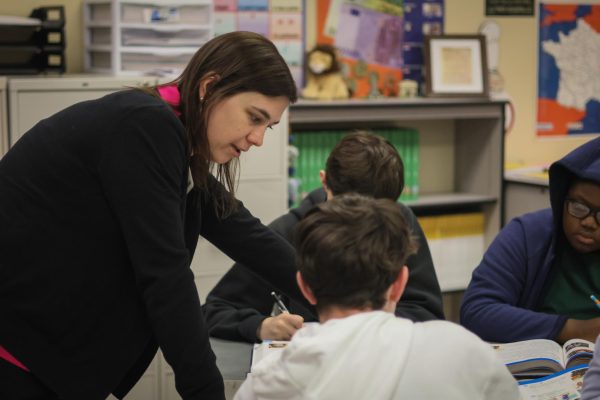
Ehinger pointed out that although many students take Spanish to appease the typical requirement of taking a language for college admittance, it can also be useful in other ways.
“If anybody is interested in the culture and really learning the language, it will give them a good step up if they decide to move forward with a minor degree in the future. I think especially being in Florida, it is good to have a strong base with Spanish,” Ehinger said.
Daniel Castro, senior, also mentioned how both AP Spanish classes can be applied to career paths, but also how it can aid in future success. The language and culture can be universally helpful and are desired in the United States due to the high Spanish-speaking population.
“I would say not just understanding different cultures, different authors, different types of writing, but [AP Spanish] can really expand in anything you want to do, like if you want to be a major in business, language, or journalism. It can really help you understand how to analyze different situations and different types and forms of writing, too,” said Castro.
Not only that, but AP Spanish Language allows students to speak Spanish outside the classroom. Languages are typically learned in “steps”, moments of stagnancy and sudden improvement. Prior to AP, the few years are meant to shorten and walk up some of these “steps” and allow for much larger and quicker leaps in the advanced classes.
“I think it really helps expand your knowledge of the language and the culture. With all the speaking activities you do, it really helps prepare you to speak it in a real world, real life application, so you can hold conversations better and you can carry your own weight,” Patterson said.
The AP Spanish Language class covers topics and writing that can be related back to other courses that students may be taking. This could be beneficial in more ways than just learning how and when to use Spanish.
“Well, we cover information that relates to other courses on campus, like for example, to write an argumentative essay, I rely on their English background to do that. But then it also helps me instruct a little bit in an argumentative essay that might help them carry that to their English class. We are just talking about it in Spanish, and then try to focus on how that is directly related to the Spanish-speaking communities,” Ehinger said.
Castro is currently in AP English Literature, and stated ideas can crossover from one literature class to the other, both mutually serving as guiding tools. The skills such as interpretation and rhetoric can be applied to any literature class, even if it is in Spanish.
“What we learned from AP English Literature helps us. AP Spanish helps with the ideas and concepts, and actually understanding and fully analyzing the the poems, but in Spanish,” Castro said.
The class provides a perfect pairing with those taking AP English Literature, taught by Nadia Charcap, and brings insight to students on the world and their culture, even those without Hispanic heritage. It generally promotes awareness and love for a cultures and provides benefits regardless of background.
“We see a lot of parallels with English literature that based a lot of its fairy tales and its fables from Spanish literature. There are a lot of different perspectives as far as visions of how you write, like Magic Realism was created by Latin American writers, and so it is like entering a new genre awakened by Latin American experiences and their culture and upbringing,” Charcap said.
Castro is Latino and a native speaker, but enjoys the class for the cultural background it provides. The class has given Castro a closer connection to their Colombian heritage, along with who their ancestors were, and how Hispanic history developed both the language and its people.
“As a Hispanic, it’s important for me to get more in touch with my roots. Speaking the language only goes so far. AP Spanish Lit is about understanding how the language developed over time, and how we speak today, and also about the people who are from [Spanish-speaking countries] and created it. [They affect] how we live, what we say, and what we read,” Castro said.
Isabel Sisson, senior, however, is one of two non-native speakers in the entire AP Spanish Literature class. Sisson noted there is a positive struggle, but it is undoubtedly worth it enough for Sisson to have stayed in the class for this long.
“It is very different from being a native speaker. It’s definitely challenging for me. I have to put in a lot more work to actually understand what the works are saying, but I feel like Mrs. Charcap works you through it. Obviously, [native speakers] already know a lot of the cultural aspects, but I feel like it’s more rewarding,” Sisson said.
Mrruku argued that AP French benefits those who decide to progress to the AP level. Although there is a large curriculum to be covered, the class can still be relaxed and discussion-based.
“You get to have a lot more freedom of what you do in class, and if you pass, you get the extra bonus of a Seal of Biliteracy on your diploma. That is good, even if you do not pass the exam,” Mrruku said.
AP Spanish Literature involved reading thirty-eight classical Hispanic works in the short period of the school year, which requires a lot of planning and diving into the works, without much space in between. Charcap composes lessons to allow students to have fun and memorable learning experience, without constant quizzes and reading activities.
“Sometimes we will write poetry. Sometimes we will take something out-of-the-box, like I showed a video by a famous pop group who referenced one of the authors that wrote this piece in 1830, but they included it in their modern songs today. It was cool to see those parallels,” Charcap said.
Patterson believes that since the groundwork for AP Spanish Language was set out in the prior three levels, this class allows for a more culturally involved time than mostly grammar and vocabulary.
“I feel like AP Spanish is a lot more culture based, and you are not just focusing on one specific Latin American country. You get to pick and choose and compare all the Spanish-speaking countries and all their different cultures and holidays,” Patterson said.
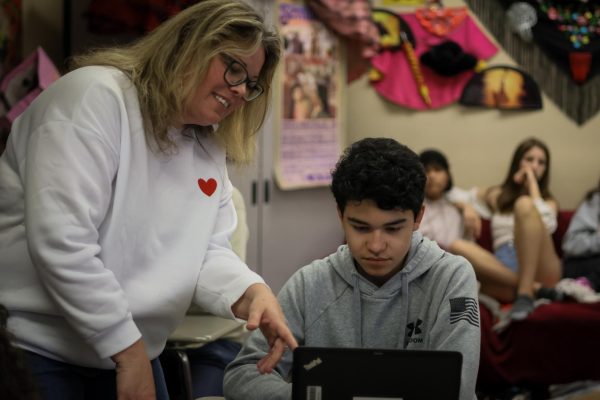
The Advanced Placement Spanish Literature course is a perfect example of this. Charcap noted that her class allows students to be exposed to the most allotted works in Latin America and Spain, similar to Shakespeare in English literature.
“Especially for our Hispanic population, it is like a connection with what your parents group grew up with, like the most beautiful love poems you have ever heard or the saddest stories that you have ever read. You only get exposure to it if you take the course, because it is just not something that is widely known in our culture,” Charcap said.
Sisson also supported the comment made by Charcap, suggesting it is a welcome break from the education system’s main focus on America. The student mentioned that having a broad perspective and knowledge of the world allows for a more informed understanding of how people function and live across the globe.
“I think a lot of our education is very America-centered, and I think everyone needs that extra culture. In obviously a lot of Spanish-speaking areas, they were very Catholic, and you see how that influenced them, rather than just Christian values. And I think it’s important to actually understand how some people feel and why people acted,” Sisson said.
Castro pointed out that the AP Spanish Literature course concentrates its attention towards all major works from multiple Spanish-speaking sources. Spain is often prioritized in the standard Spanish curriculum, even teaching words and tenses only used in Spain. However, in AP, this is not the case.
“It’s not only just focusing on Spain; it’s on different Hispanic countries, and getting immersed and reading about different types of perspectives and authors from those countries. It really helps to fully understand those cultures, because they are so diverse, even though we speak the same language,” Castro said.
Literature is studied for a reason, in Charcap’s opinion, especially Spanish literature. Even works hundreds of years old are still applicable to how we are today.
“There are all these writings that were innovative. They span the test of time, because there are topics that still provoke or impact the human experience today,” Charcap said. “There is actually a world opening up that has never been uncovered before.”
As the world progresses, so does its people. In part, the AP Spanish Literature class is a history class revolving around primary sources of different times. Castro strongly reiterates that learning this history is incredibly significant in human perception.
“We’re more of a globalized society today, and we’re getting exposed to so many different cultures than ever before. It’s great to learn about the Spanish culture and different types of cultures, [in general]. It’s really important to be immersed in that history in that side to have an opinion and get exposed to all sides,” Castro said.
Needless to say, all the AP Foreign Language and Literature courses allow for students to connect the dots in its history, language, and culture. The classes develop critical thinking skills and build on other courses, along with being proficient in a second language. Students are given a space to connect with peers that share their identity and learn to fully embrace those that may not. Overall, promoting acceptance and diversity.



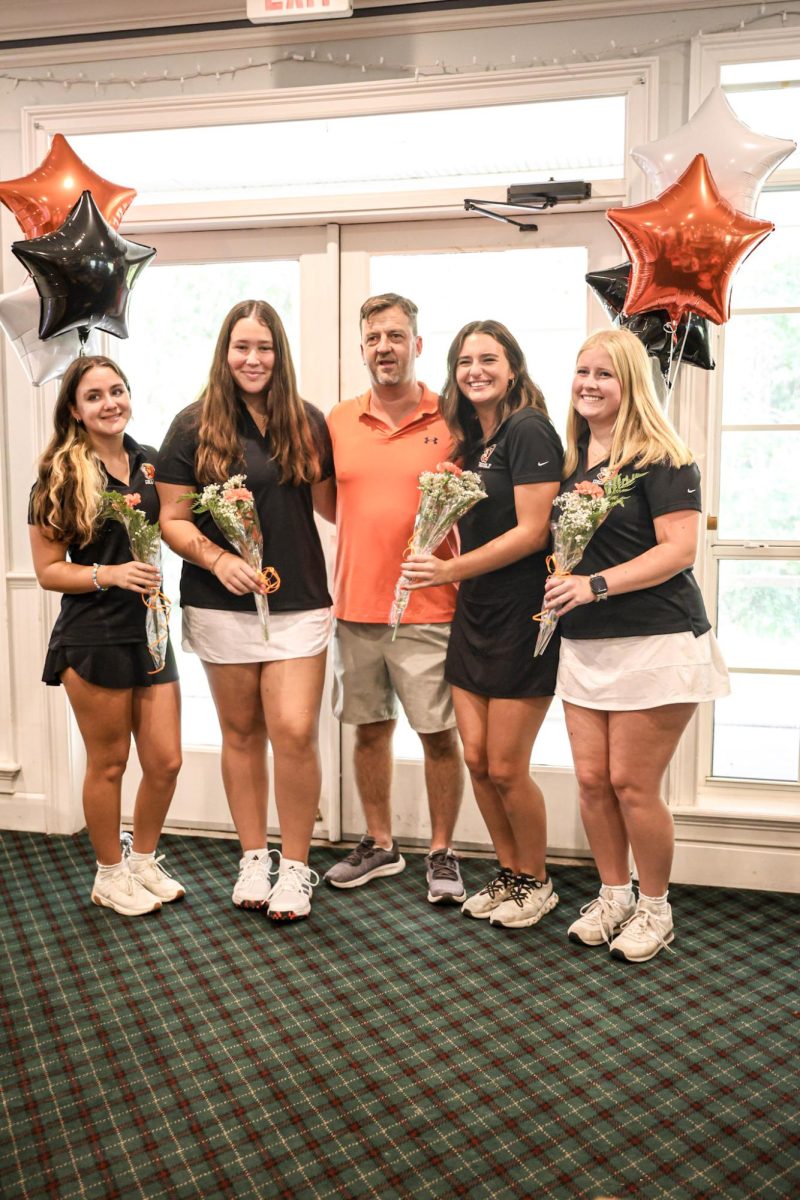


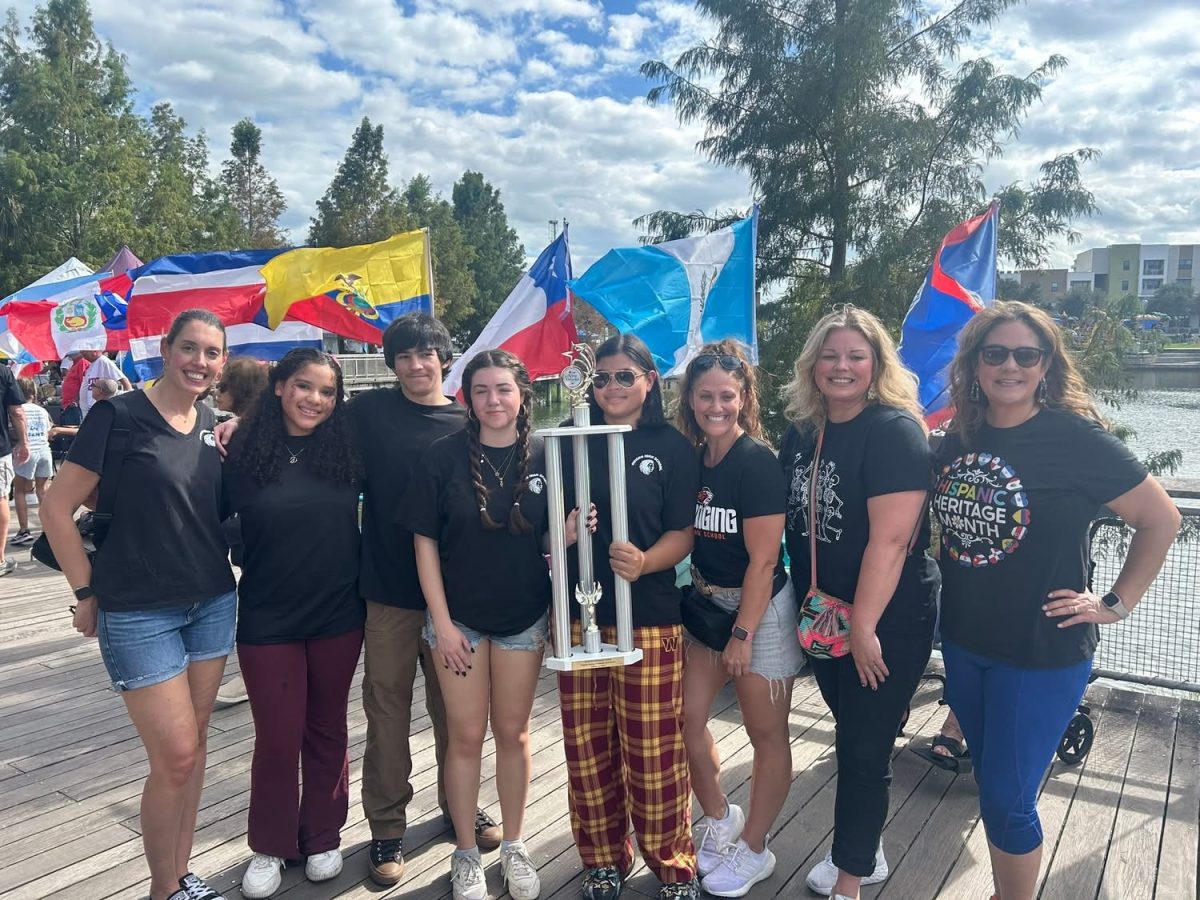
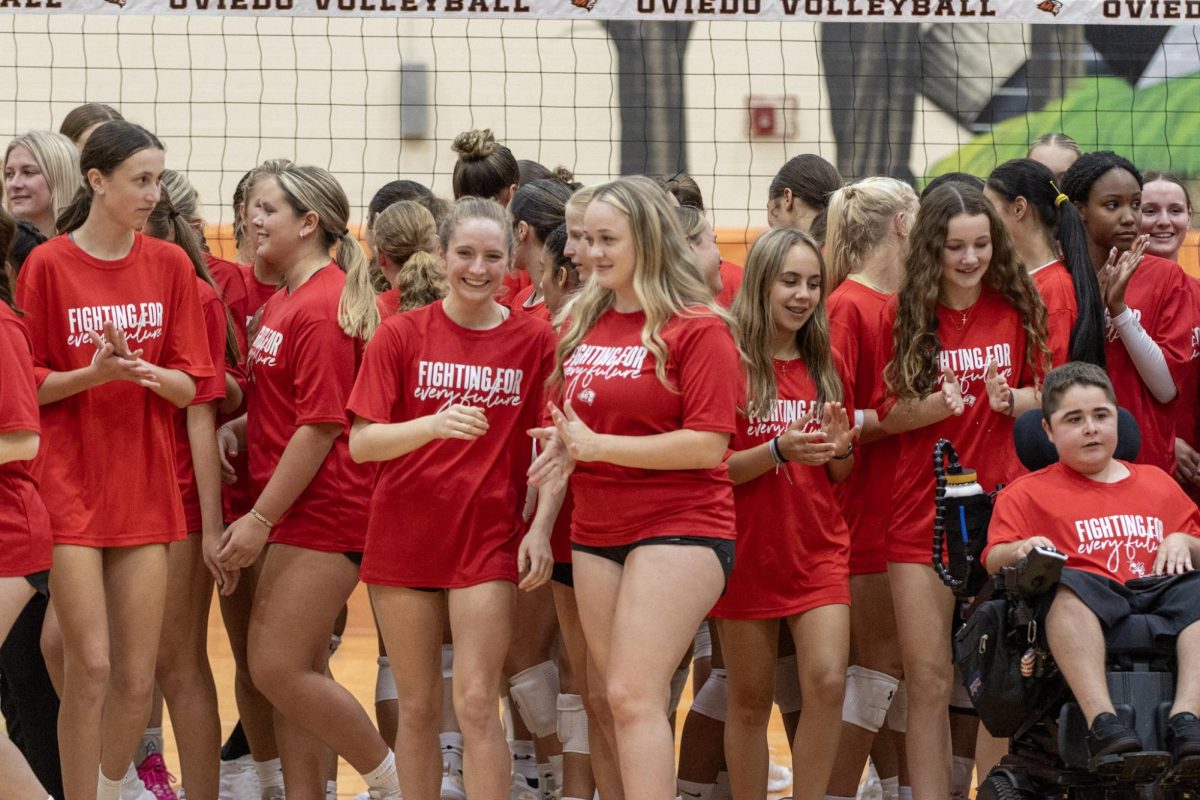

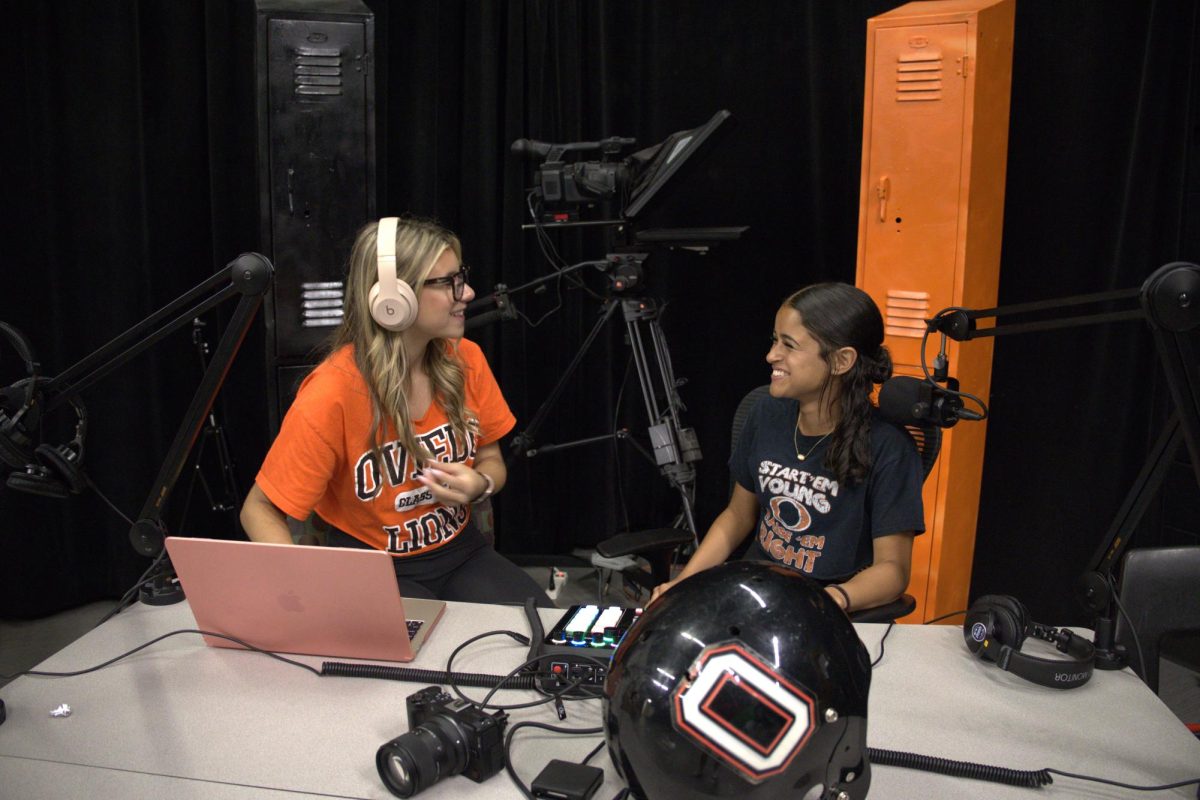


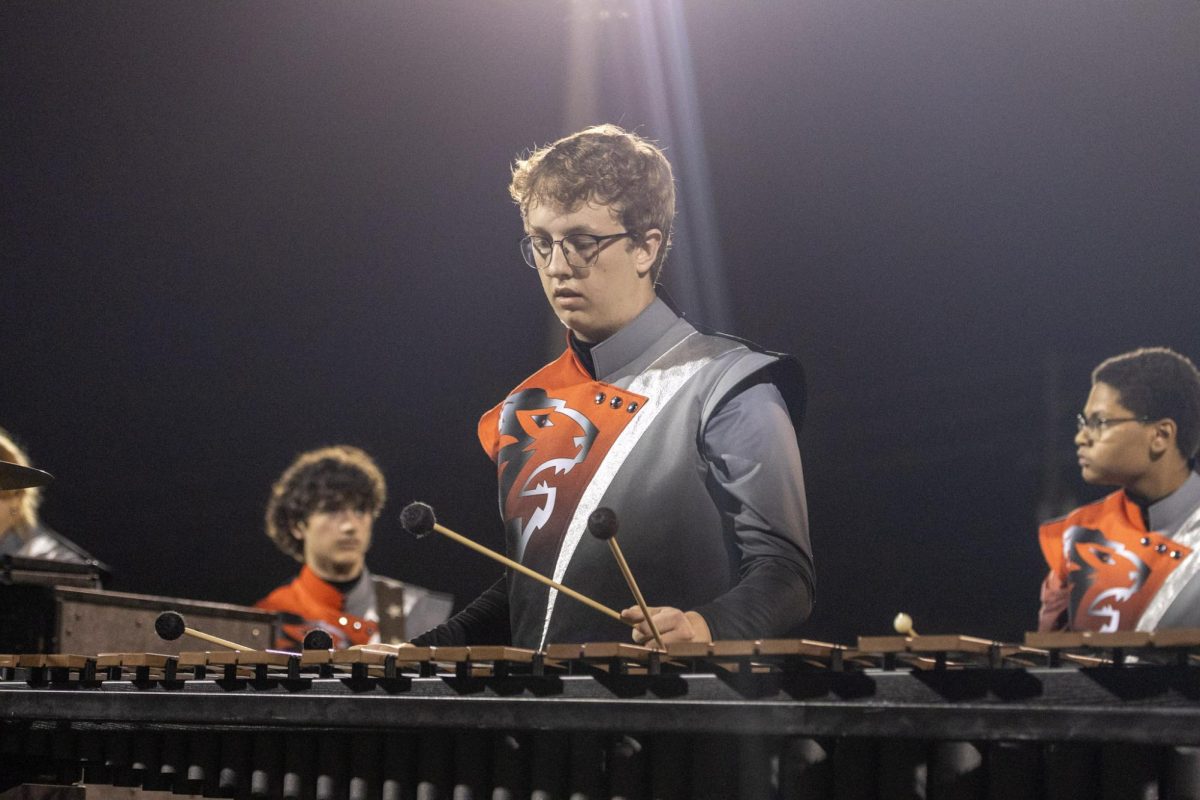


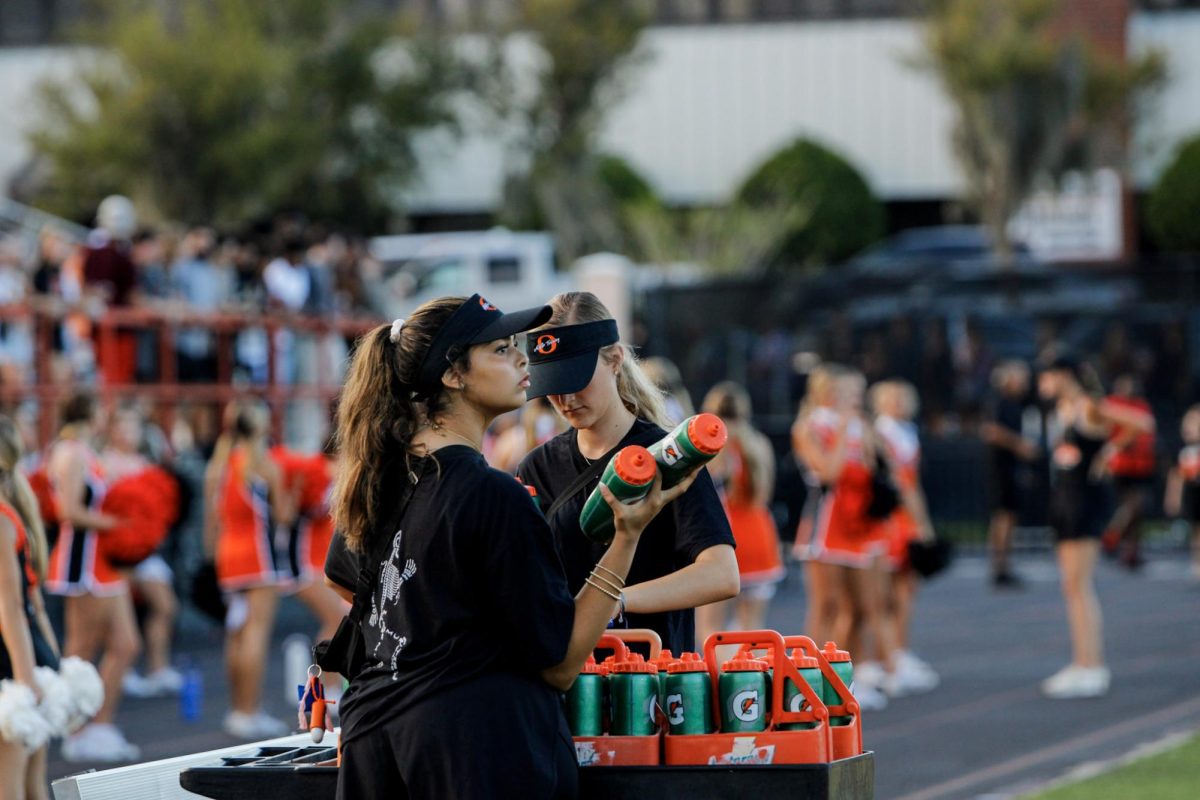









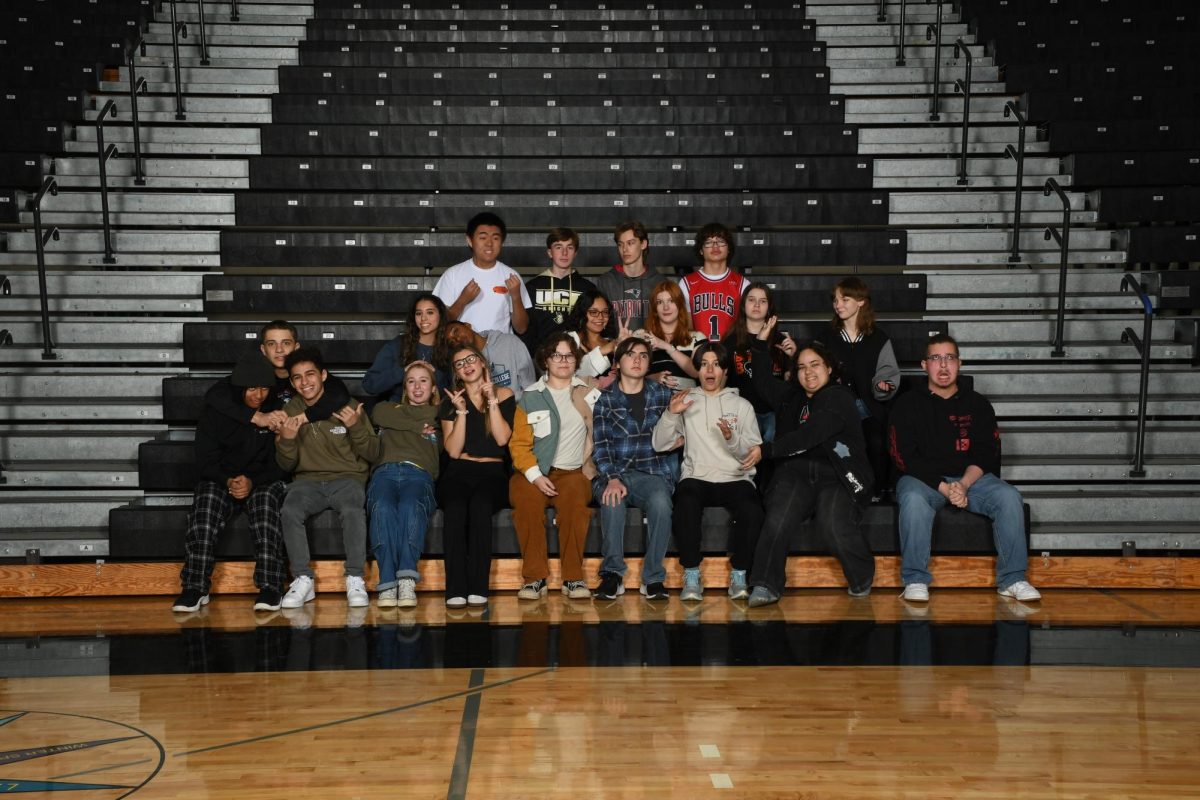


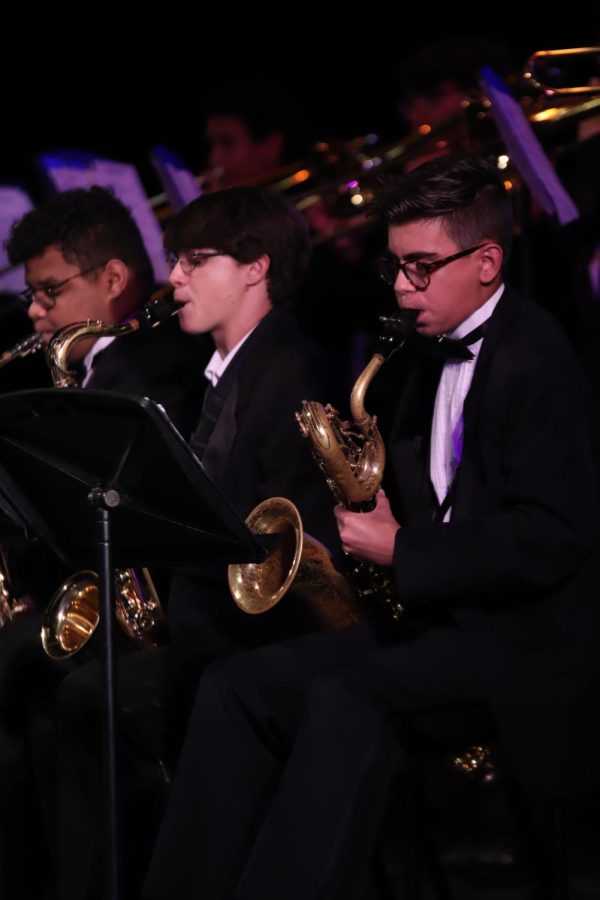



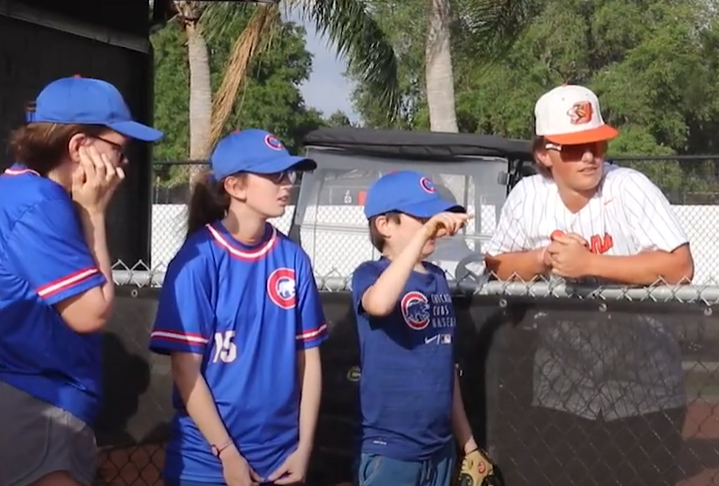

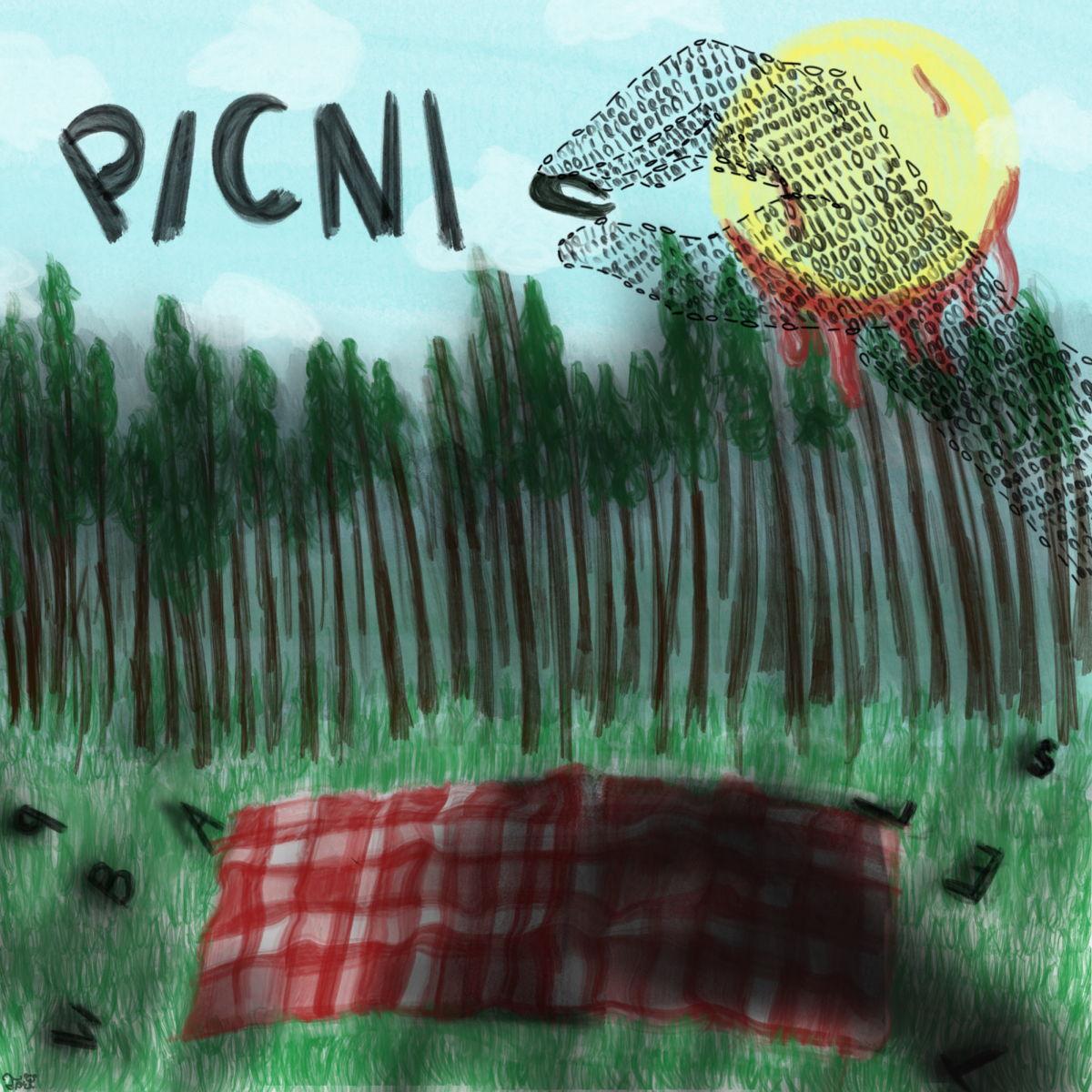



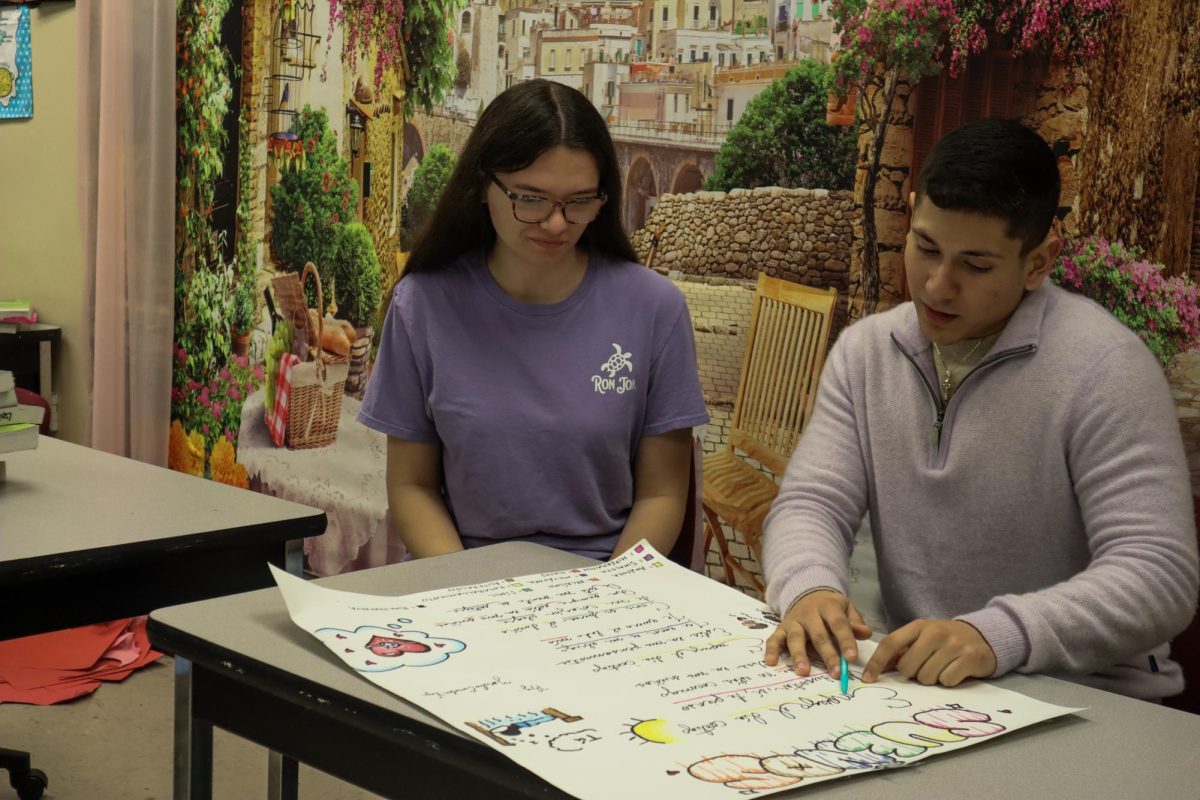
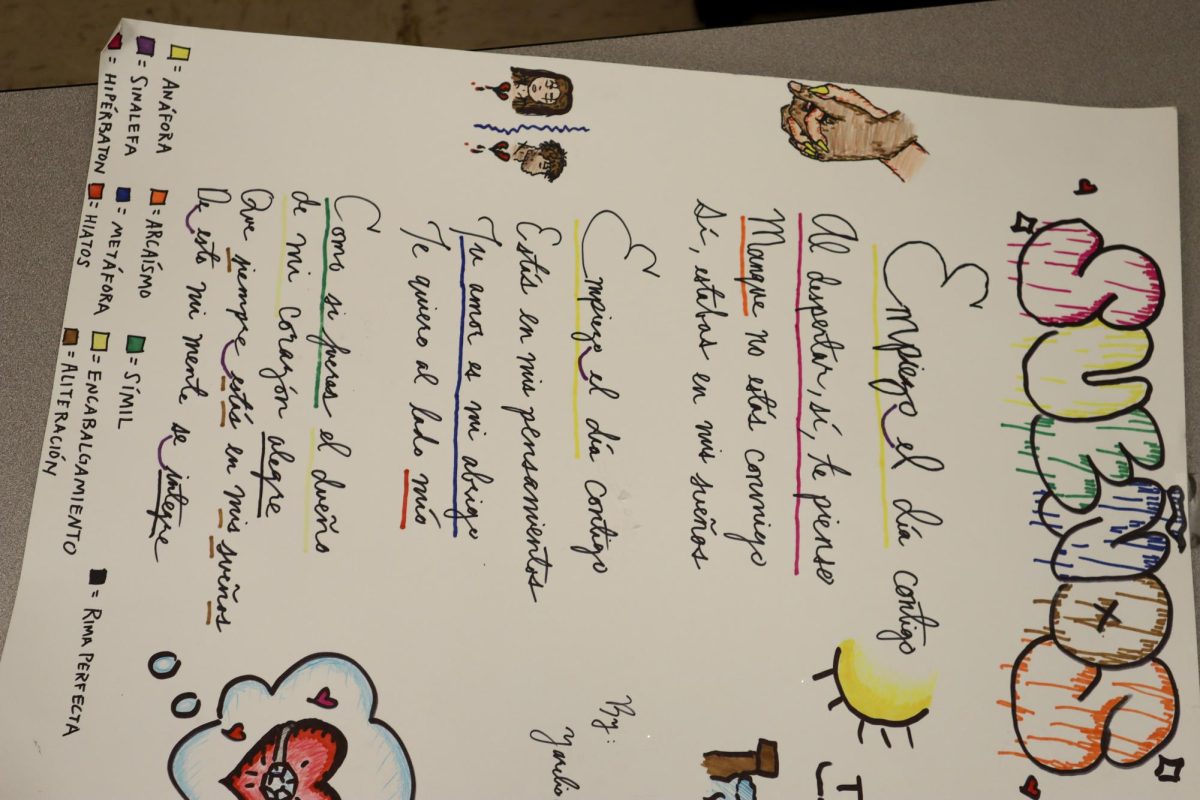

Luke Seda • Apr 26, 2024 at 4:38 PM
I really like how they wrote about how Ap Spanish classes are important and what the students can learn from it. It’s good to learn about Spanish culture and how you can learn to speak Spanish. It has a really good message and it helps people to learn and understand, because Spanish is a part of people’s lives.
Trenna • Apr 9, 2024 at 3:27 PM
I really enjoyed reading these, despite the fact the story was pretty long. I liked how the interviewer asked so many people about these classes and where the interviews were placed in the overall story. I also enjoyed the amount of pictures added, it was super nice to read.
Beckett • Mar 9, 2024 at 3:41 PM
i found it very intresting and I liked it a lot how overall it was writen, such as how they pulled us in with an opening and didnt straight us put in in the middle of the story.Also how it tells such a good story with it aswell and I really like the message that there spreading in this artical.